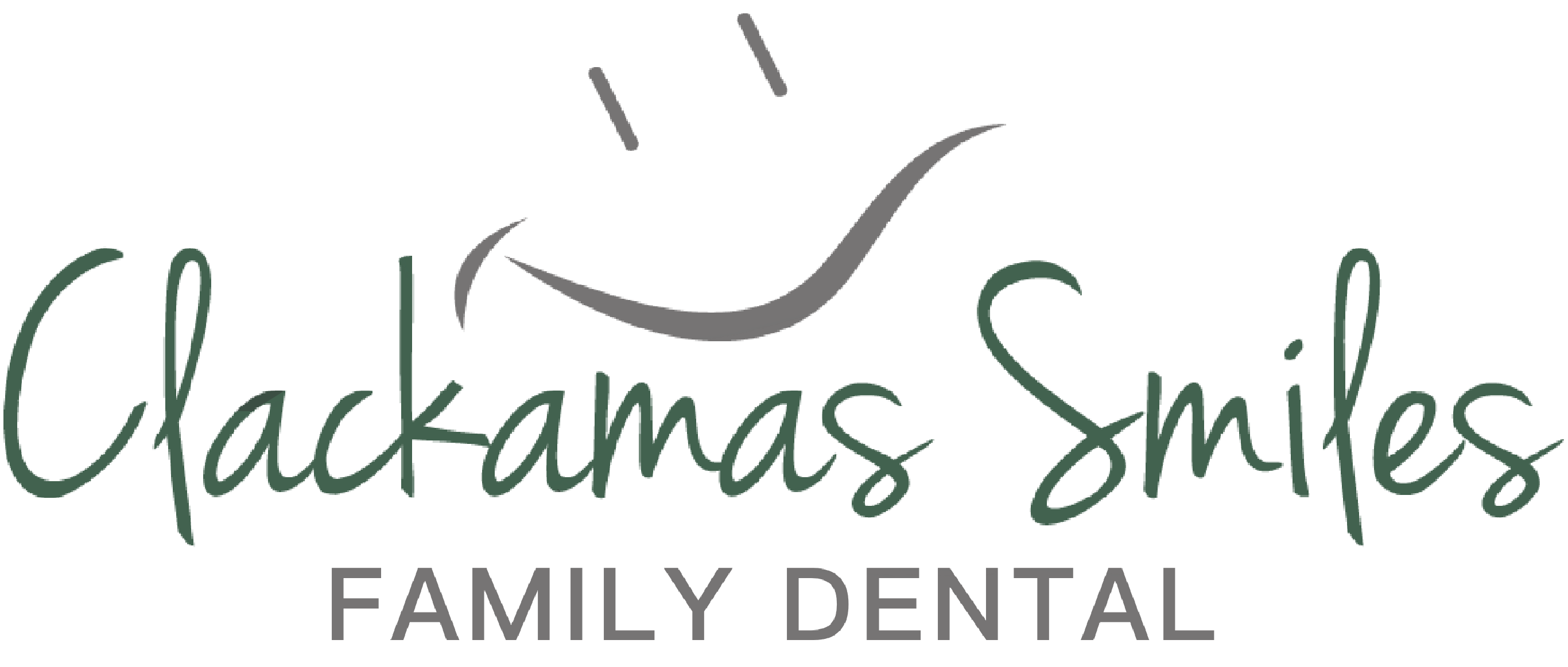What types of dental cleanings are there?
Many patients are surprised to learn that there are different types of dental cleanings, as it's often assumed that teeth cleaning is a uniform process for everyone. However, this is far from the truth. A good analogy to understand this is comparing dental cleanings to car cleaning. Just like you might hose down your car in the driveway, take it to a car wash, or have it detailed based on its condition and your requirements, dental cleanings also vary based on the individual needs of your teeth and gums.
For those with generally healthy gums and teeth, where the main concern is removing a bit of buildup to restore freshness and brightness, a regular cleaning is usually sufficient. This typical cleaning involves removing hard calcium deposits from the tooth surface, eliminating food particles and bacteria, flossing to clean between the teeth, and polishing at the end. However, if someone is experiencing the onset of bone loss - a condition not visible to the naked eye - different cleaning approaches are necessary. This bone loss, associated with gum or periodontal disease, can lead to gaps between teeth, loosening of teeth, and in severe cases, tooth loss and infection. Regular visits help in diagnosing these conditions early.
For those with gum disease, the cleaning process involves more steps to control and halt the disease's progression. This might include the use of antibiotics, antiseptics, or specialized instruments to remove hard deposits and bacteria beneath the surface. The goal is not always to reverse damage but to slow down the disease's progression and maintain the teeth's health. For someone with gum disease, it's crucial to stay regular with their cleanings and adopt an intensive cleaning routine to preserve their dental health.
How often do I need a dental cleaning?
Dental cleanings are essential in maintaining oral health. Most people get a cleaning every six months. If you're a Type A personality and want to be better than average, you can do it every four months, or three times a year. However, if you have bone loss around your teeth, it's crucial to come in more frequently to keep the condition under control.
Is a dental cleaning painful?
For most people, dental cleaning is a relaxing experience. Some might find the sound of the polisher or the taste of the tooth polish a bit unpleasant, but we have options for those patients. If you're not comfortable during your cleaning, you should consider making a change.
How long should a typical dental cleaning take?
A normal dental cleaning usually takes somewhere between 30 to 45 minutes, typically done at the same time as a checkup or your updated x-rays.
What happens during a teeth cleaning?
A proper tooth cleaning involves more than just polishing. It also includes removing hard calcium deposits from the surface of the tooth and the areas between the teeth using hand instruments.
Are dental hygienists able to remove all tartar during a dental cleaning?
Yes, unless you have some exotic condition, dental hygienists will be able to remove all the tartar from the surface of your teeth during the cleaning.
Can a dental cleaning damage the teeth?
Dental cleaning itself doesn't damage the teeth. However, if there are underlying issues like cavities or broken fillings, cleaning could cause discomfort. That's why it's important to have your teeth checked before your dental cleaning.
How do I treat sensitive teeth after a dental cleaning?
If you have sensitive teeth, it's best to use a desensitizing toothpaste. Begin using it about two weeks before your dental appointment for the best results.
How can I schedule a dental cleaning?
Scheduling a dental cleaning is straightforward. Just call the front desk of your dental office and let them know that you'd like to come in.
If you have additional questions or if you're ready to schedule your cleaning, just give us a call at 503-786-3000. We're here to help you maintain your oral health.

